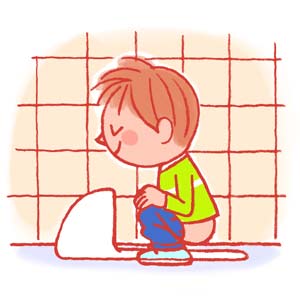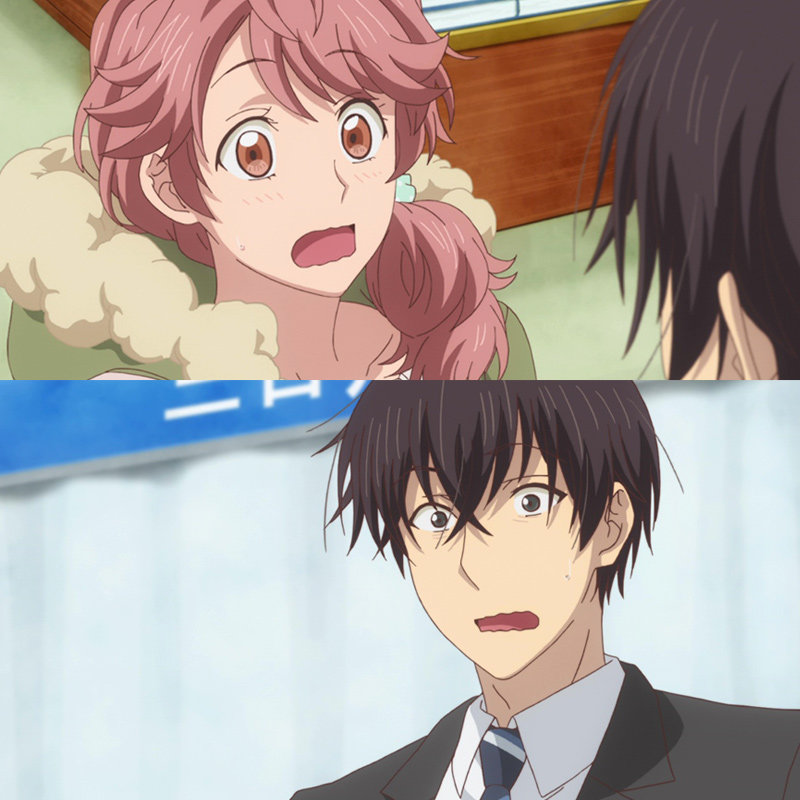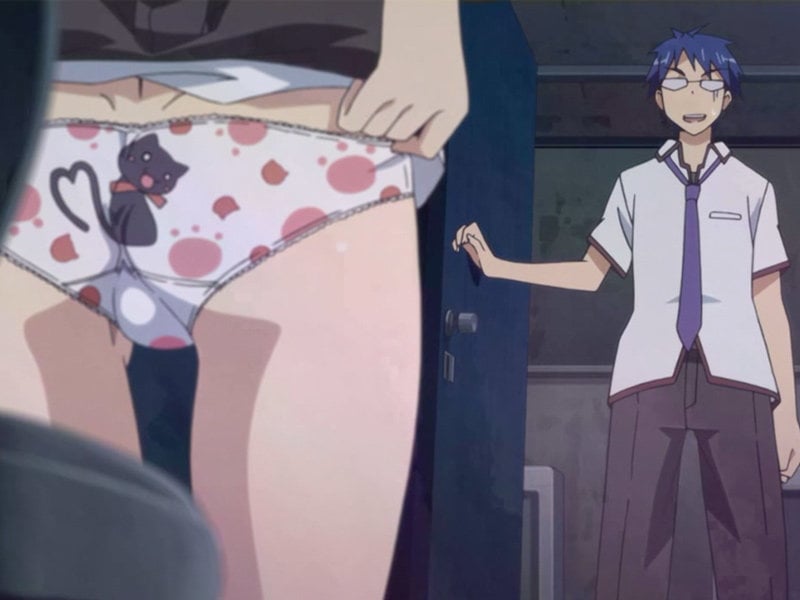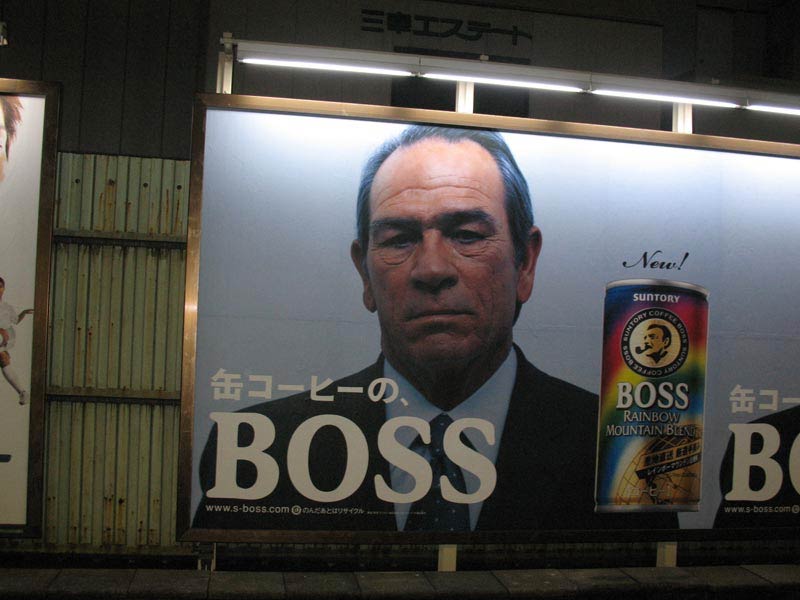Japan’s toilet culture is quite unique, especially when you’re coming from the outside. First, there are two types of toilets here, standard Western units you’re familiar with — they come in normal, butt warming and butt washing types — and washiki or Japanese-style, which you squat over to use. For Westerners, going about your business without sitting down takes some getting used to, but after a while you come to appreciate the traditional toilets since nothing delicate touches anything dirty. While standard toilets have become more common in homes, the toilets found in shops and restaurants are usually Japanese-style. Japan is often criticized by foreigners living here for not valuing its natural environment enough, and its habit of covering mountains in concrete on the off-chance there might be a landslide someday does seem to affirm this. But the Japanese have come up with a great way to save water, with toilet handles that can be turned one way way when you only need to release a little water (called sho for shoben lit. “little convenience,” i.e. pee) and the other way when you’ve gone no. 2 (dai for daiben, with apologies to London’s famous clock tower). Even more water is saved by the faucet at the top of most toilet tanks, which lets you wash your hands with the clean water as it flows into the tank after a flush. Which keeps things from being, you know, mottainai.

Using a Japanese-style toilet isn’t hard at all once you get the hang of it.















